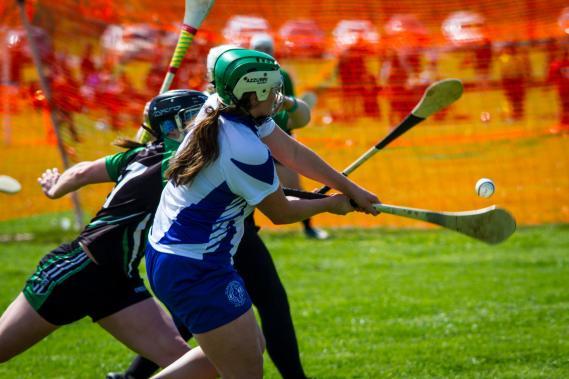
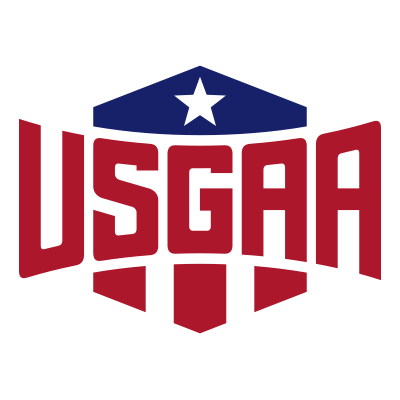 www.northamericangaa.com
www.northamericangaa.com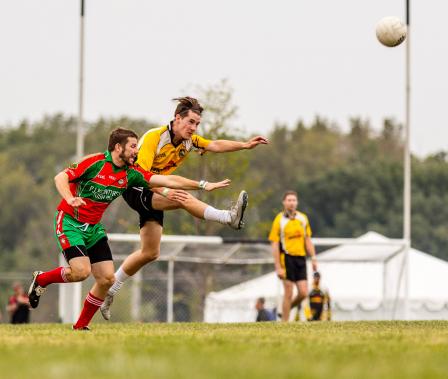
United States Gaelic Athletic Association (USGAA) is the governing body responsible for promoting the sports of Hurling (including Camogie, the women’s version of the sport) and Gaelic Football in the United States. There are over 130 adult and youth clubs under its administration. The organization has been operating in the U.S. since 1959, although its international governing body has been in existence since the 1800a.
Editor’s note: An explanation of Gaelic football can be found here. An explanation of hurling and camogie can be found here.
SDM: A lot of people might not be familiar with Gaelic sports. What is the season for them?
Dok Ó Caoimh: The season for most of these clubs is summer, although a lot of clubs and organizations also have winter and fall championships. Our national season culminates on Labor Day weekend at the USGAA finals
SDM: How does GAA determine who gets to the nationals?
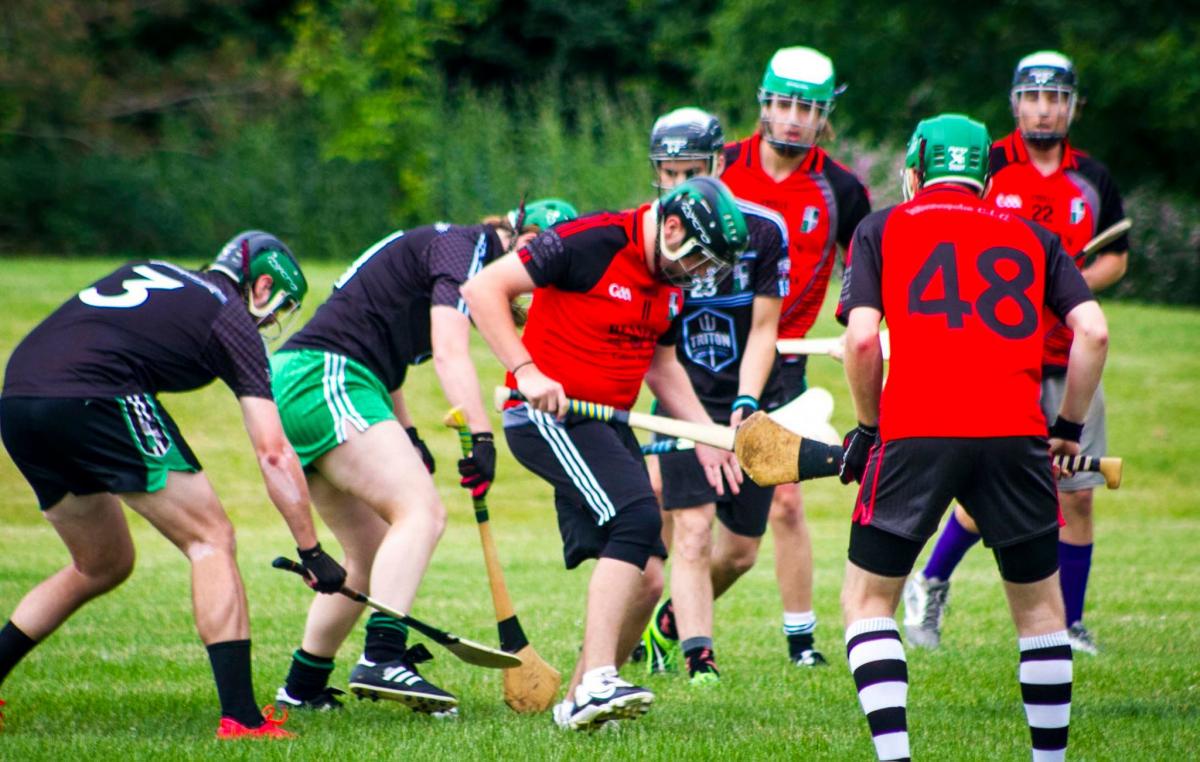 Ó Caoimh: There are playoffs for regional championships, and those determine who goes to Nationals. Each club and each region will run these different ways.
Ó Caoimh: There are playoffs for regional championships, and those determine who goes to Nationals. Each club and each region will run these different ways.
SDM: Where have the nationals been held in the past, and where will they be this year?
Ó Caoimh: This year, they’ll be in San Francisco. Last year, they were in Seattle. Next year, it’s Washington, DC. It moves around; we have a rotation system between our different divisions.
SDM: How large are nationals?
Ó Caoimh: We are booking out six to seven hotels, and there are any number of teams traveling to one city for the tournament.
SDM: How is the organization set up? Are there local clubs?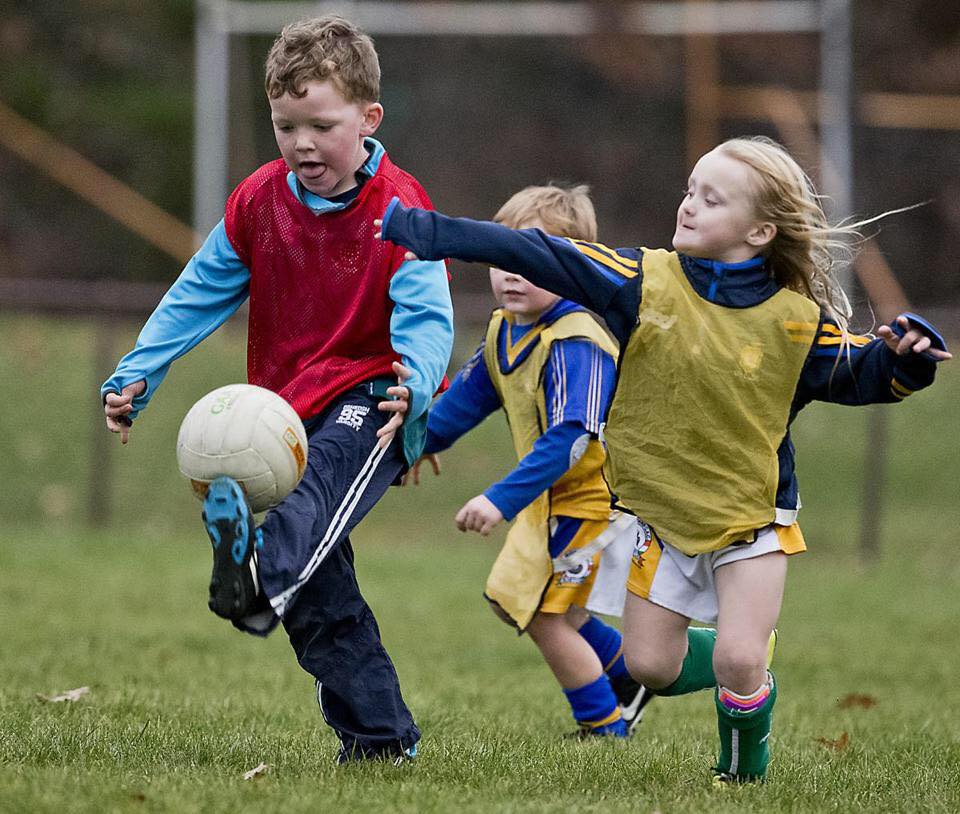
Ó Caoimh: Yes – GAA has 10 divisions across the country. They tend to be in more densely populated areas, but we have teams popping up everywhere now. We are surprised all the time – people call us and say things like, ‘We want to start a team here in Knoxville.’ The organization is really taking on its own organic growth.
SDM: There are adult clubs; however, we know there is enormous growth in spending at the college intramural and club level. Are Gaelic sports popular at the collegiate level as well?
Ó Caoimh: In the U.S., it is relatively healthy and is run by the National Collegiate Gaelic Athletic Association, which is affiliated with the USGAA. I think this year we are going to bring them back under our wing fully though. There is more up to date information on NCGAA’s Facebook page.
SDM: Is GAA managed from a central headquarters?
Ó Caoimh: Right now, it’s 100 percent amateur, even at the administration level. We all put our own time into it. We’d like to see the administration become professional; it’s a goal for the next 10 years.
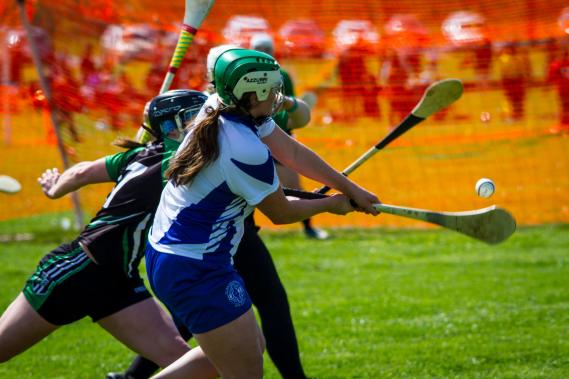 SDM: What are some of the misconceptions about Gaelic sports?
SDM: What are some of the misconceptions about Gaelic sports?
Ó Caoimh: I suppose the kind of Irish element of it leads people to think, ‘Oh, it’s kind of like that thing I’ve seen on Game of Thrones; you have to throw a log over the wall.’ They’re thinking of Highland Games, which aren’t even a sport.
SDM: How many people participate in USGAA nationwide?
Ó Caoimh: Around 15,000.
SDM: You said the season for your organization is summer. What sports do people generally participate in throughout the rest of the year that transition well into Gaelic football, hurling or camogie?
Ó Caoimh: Lacrosse has a natural transition to hurling – we find people who play lacrosse do take to hurling very quickly. People who play traditional field hockey or ice hockey also seem to do well in hurling because they’re stick sports. In Gaelic football, people who play ba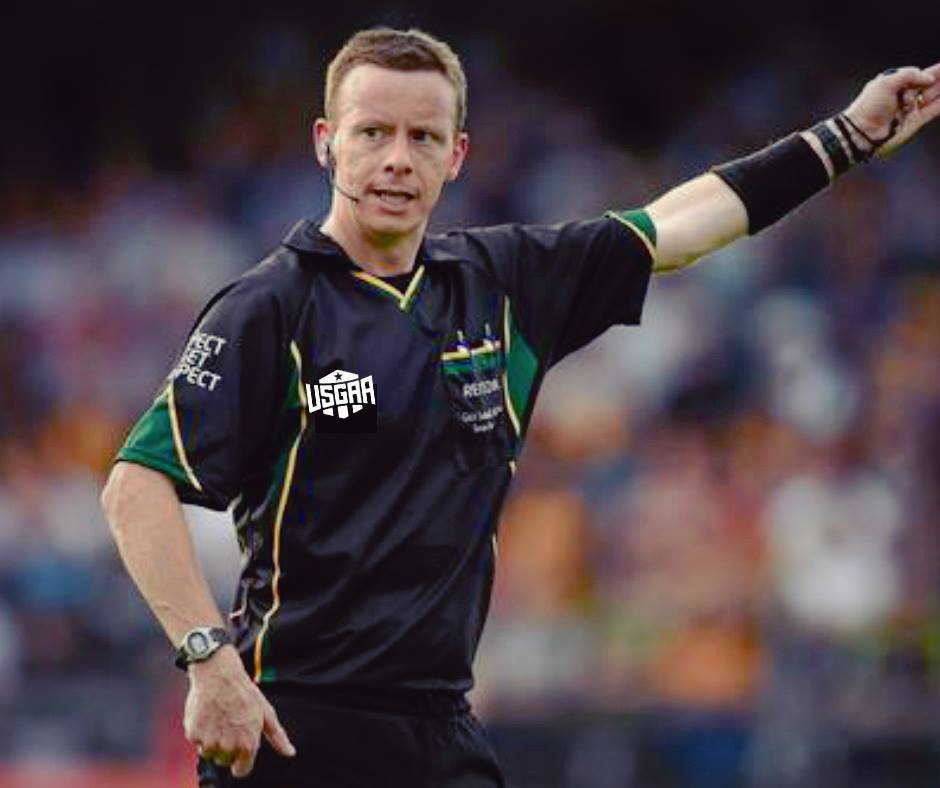 sketball do well; rugby and American football are two other sports since they involve carrying the ball. Hurling is a beautiful, skillful game to watch, and more difficult to play; it’s the fastest sport on grass in the world. Gaelic football is also fast. They’re two great products from a commercial point of view.
sketball do well; rugby and American football are two other sports since they involve carrying the ball. Hurling is a beautiful, skillful game to watch, and more difficult to play; it’s the fastest sport on grass in the world. Gaelic football is also fast. They’re two great products from a commercial point of view.
SDM: Soccer is popular here. Do soccer players make good Gaelic football players?
Ó Caoimh: To a degree, but less than the others we just talked about.
SDM: Hurling, camogie and Gaelic football are all contact sports.
Ó Caoimh: They are full contact sports, but they’re less physical than rugby. Players do wear helmets in hurling, but they don’t wear padding.
Note: For GAA videos of hurling, including tackles, click here.
SDM: In addition to promoting the sports, what else does GAA doe?
Ó Caoimh: We consider it a part of our job to educate people, so most of our funds to into games development. We have a coaching program so that we can certify coaches and get them 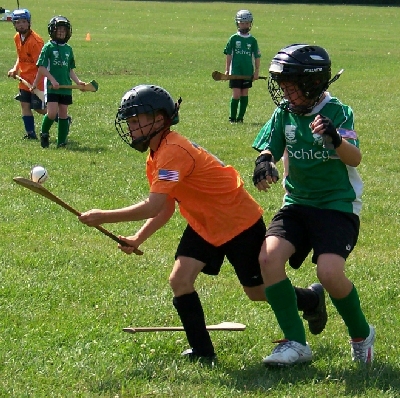 up to speed. We have a program for coaches of youth sports; it has the same type of information but of course includes background checks. We also have a referee course. What we’re trying to do is train our people so that they can be self-sufficient as clubs.
up to speed. We have a program for coaches of youth sports; it has the same type of information but of course includes background checks. We also have a referee course. What we’re trying to do is train our people so that they can be self-sufficient as clubs.
SDM: Do you do more promotions for Gaelic sports around St. Patrick’s Day?
Ó Caoimh: Not really, to be honest. We might see the news wanting to feature a local club around St. Patrick’s Day; they’re usually looking for what they deem to be Irish content. Within our organization, we’re focused on promoting and developing these two sports and we have an award we give out to clubs who get the best coverage in a TV spot. The only rule we have is that it can’t be in the month of March.

